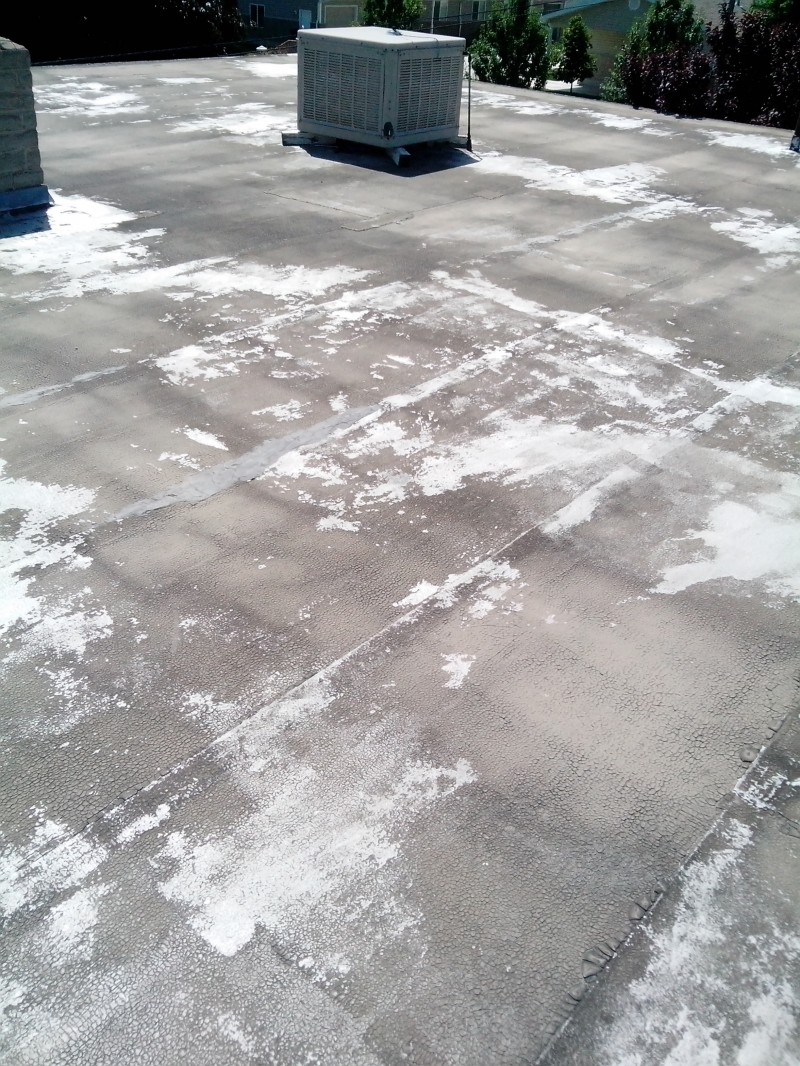The true cost of commercial roof replacement

By Showalter Commercial Roofing.
Navigating the complexities of roof replacement is crucial to avoid unexpected costs.
Replacing a commercial roof is more than just a straightforward swap of materials — it’s a complex puzzle where size, materials, labor and even local regulations play critical roles in shaping the final bill. From sprawling rooftops that stretch over vast warehouse spaces to intricately designed structures dotted with skylights and chimneys, the true cost of roof replacement hinges on a variety of factors that go far beyond the obvious. Understanding these nuances not only helps in budgeting but also in making informed decisions that can save money and headaches down the road. Read our guide from Showalter Commercial Roofing to uncover the real elements driving the costs of your next commercial roofing project.
Roof size and complexity
Roof size is the most significant factor affecting the cost of commercial roof replacement. Larger roofs require more materials and labor, which naturally increases the cost of installing one.
The complexity of the roof also factors into its cost. Features like multiple levels, slopes, chimneys and skylights can complicate the replacement process, requiring additional time and specialized labor.
Roofing materials
The choice of roofing material significantly impacts the cost of a roof replacement. Common materials used in commercial roofing systems include:
- Single-ply membranes (TPO, PVC, EPDM): These are popular for being cost-effective and durable.
- Metal roofing: While more expensive, metal roofing is valued for its longevity and sustainability.
- Built-up roofing (BUR): Known for its multiple layers, BUR is a durable option but can be costly due to the intensive labor and materials required.
- Modified bitumen: Similar to BUR, modified bitumen is robust but requires a complicated installation process.
Each material offers different benefits in terms of its durability, energy efficiency and aesthetic appeal, which should be matched against its cost to determine the best option for your needs.
Labor costs
Labor costs can vary widely depending on the location of your property and the complexity of the job. The expertise of roofing contractors and the safety measures required can also influence these costs. It’s important to choose experienced and reputable contractors who can complete the job efficiently and to high standards, potentially saving money in the long term despite a higher upfront cost.
Removal and disposal
The cost to remove and dispose of old roofing material can add to the overall expense of a roof replacement. Environmental regulations may dictate how materials must be disposed of, potentially increasing these costs.
Installation environment
The accessibility of the roof affects the ease with which materials and workers can access the site. Difficult access extends the project timeline, making it more expensive.
Additionally, local weather conditions might dictate specific timing for the project to avoid delays, possibly affecting labor rates and scheduling.
Permits and inspections
Local building codes may require specific permits and inspections before, during and after a roofing project. The costs for these permits and the potential fines for non-compliance can affect the project’s final cost.
Warranty options
Opting for extended warranty coverage can increase the initial cost but provide peace of mind and protection from future expenses related to material defects or installation errors.
Planning your commercial roof replacement
Given the substantial investment required, anyone planning on replacing a commercial roof must consider these cost factors. It’s advisable to obtain detailed estimates from several contractors that include all potential costs to avoid surprises.
At Showalter Roofing, we provide transparent and detailed proposals for all our commercial roofing projects.
Original article and photo source: Showalter Commercial Roofing
Have a question? AskARoofer.
Find your local roofing contractor in the RoofersCoffeeShop® Contractor Directory.










Comments
Leave a Reply
Have an account? Login to leave a comment!
Sign In